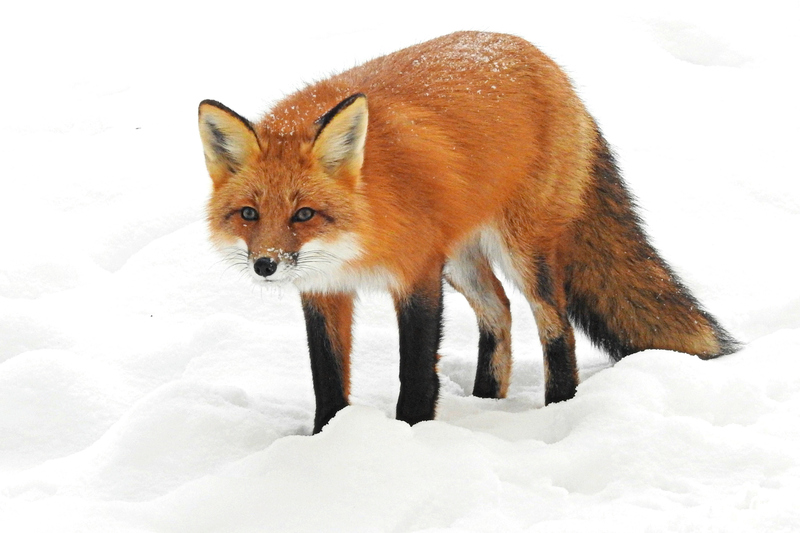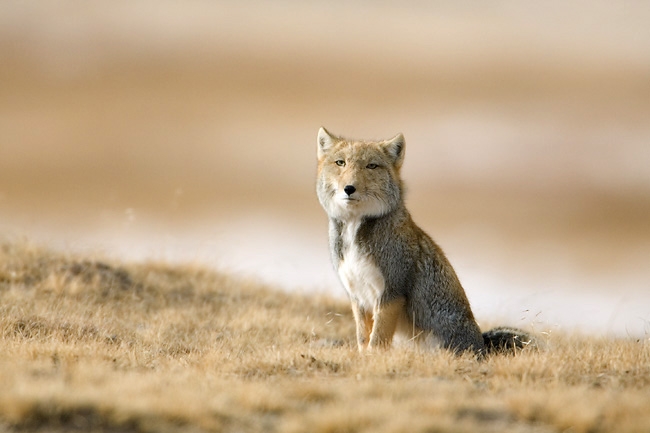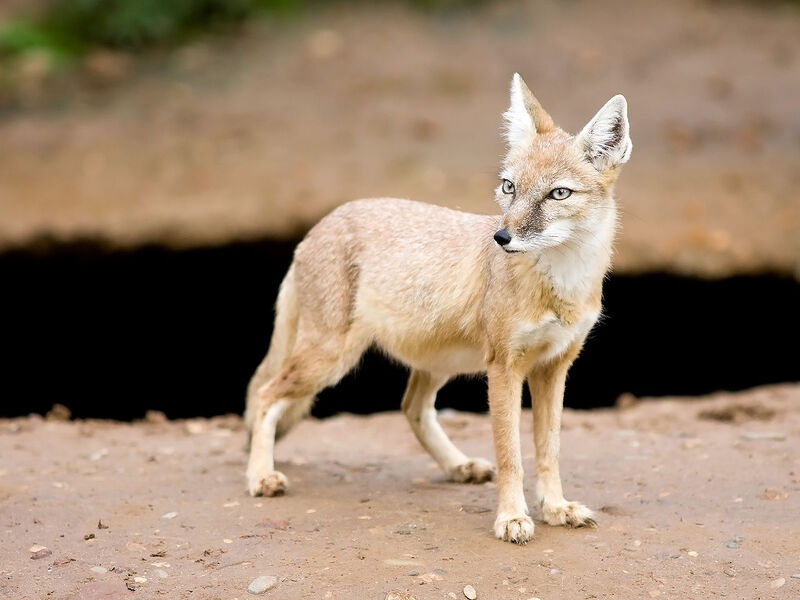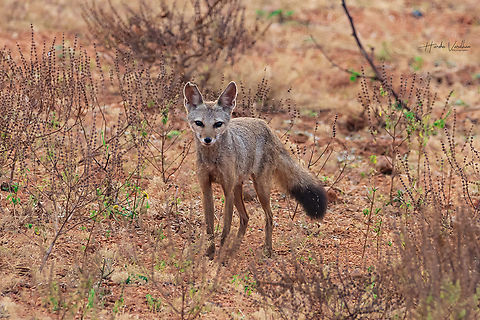Vulpes vulpes
IUCN
LCBasic Information
Scientific classification
- name:Vulpes vulpes
- Scientific Name:Red fox
- Outline:Genus Vulpes
- Family:
Vital signs
- length:
- Weight:
- lifetime:
Feature
Distribution and Habitat
Appearance
Details
Introduction to Vulpes vulpes (Red Fox)
Chinese name: Red fox
Scientific name: Vulpes vulpes
Aliases: Red fox, fire fox, big fox
Classification status: Mammalia → Carnivora → Canidae → Vulpes
Protection level:
International (IUCN): Least Concern
China: Listed as a "three-have" protected animal (terrestrial wild animals with important ecological, scientific and social values)
1. Appearance characteristics
| Features | Description |
|---|---|
| Body length | 45–90 cm (excluding tail) |
| Tail length | 30–55 cm, fluffy, usually white at the end |
| Weight | 3–14 kg (depending on the region) |
| Coat color | Typically reddish brown, but can also be silver gray, black brown, white and other colors |
| Features | Pointed face, pointed ears, big eyes, slender limbs, agile posture |
● Image characteristics:
The face is pointed and long, with sharp eyes, alert and agile;
The tail is fluffy and thick, which is an important tool for balancing the body and keeping warm;
The limbs are black, and the edges of the ears are also mostly black, sometimes showing the style of "glove feet".
2. Distribution and Habitat
● Extremely wide distribution range (the most widely distributed wild carnivore):
Northern Hemisphere: Europe, North Africa, Asia, North America;
Distribution in China: Northeast, Northwest, North China, East China, Sichuan Plateau, etc.;
Australia: introduced and became an invasive species
● Diverse habitats:
Forests, grasslands, farmlands, urban edges, deserts and even polar tundra;
It has strong adaptability and can survive well in human activity areas.
3. Living habits
● Diet
Omnivorous, carnivorous:
Birds, bird eggs, insects, reptiles
Fruits, berries, plant roots
Sometimes they also eat corpses or human garbage
Food storage behavior: They will hide excess food for later use.
● Behavioral characteristics
Mostly nocturnal, but also active at dusk or during the day in areas with frequent human activities;
Flexible, good at running and jumping, good at hiding and raiding prey;
Often active in family units or alone, not living in groups;
Transmit information through calls, scent glands and tail postures.
● Calls
There are a variety of calls, about 40 different calls for different purposes, such as:
Hoarse roar (courtship)
Sharp chirping (warning)
Howling or whimpering (communication)
IV. Reproduction characteristics
| Project | Data |
|---|---|
| Estrus period | Mostly in January-February in the north, slightly earlier in the south |
| Gestation period | About 49-58 days |
| Number of pups per litter | 4-6 (up to 10 or more in extreme cases) |
| Eye opening time for pups | 9-14 days |
| Weaning time | About 1 month, and go out with the mother after 2-3 months old |
Usually parents raise the cubs;
After birth, the fox cubs live in caves, and gradually disperse to establish new territories as they grow up.
V. Ecological significance and natural enemies
● Ecological role
Control rodent and insect populations;
Is an important "medium-sized predator" in the middle of the food chain;
Provides food sources for birds of prey, large cats, wolves, bears, etc.
● Natural enemies and threats
Young foxes are vulnerable to attacks by eagles, hawks and other birds of prey;
The main natural enemies of adult red foxes are wolves, dogs and bears;
Humans pose the greatest threat, such as:
Hunting for skins;
Poison bait or traps;
Habitat destruction;
Diseases (such as rabies, canine distemper, etc.).
VI. Relationship with humans
● Positive:
Often portrayed as a "clever and cunning" character in folk tales and culture;
In some areas, as a "natural assistant" for rodent control;
Fur was once an important source of fur (such as the silver fox population);
Star species in zoos and wildlife photography.
● Negative:
It attacks poultry in some agricultural areas;
It is a serious invasive species in Australia and poses a threat to native wildlife.
VII. Comparison with other foxes
| Features | Red fox (Vulpes vulpes) | Tibetan fox (V. ferrilata) | Lynx fox (V. corsac) |
|---|---|---|---|
| distributed | Most widespread | Mainly Qinghai-Tibet Plateau | Central Asian grasslands and deserts |
| Coat color | Variable, often reddish brown | Pale grayish yellow, square face | Light yellowish brown, softer face |
| Activity time | Mainly nocturnal | Diurnal | Nocturnal |
| Alertness | Very high | Slightly slower (more dependent on vision) | Alert and agile |




